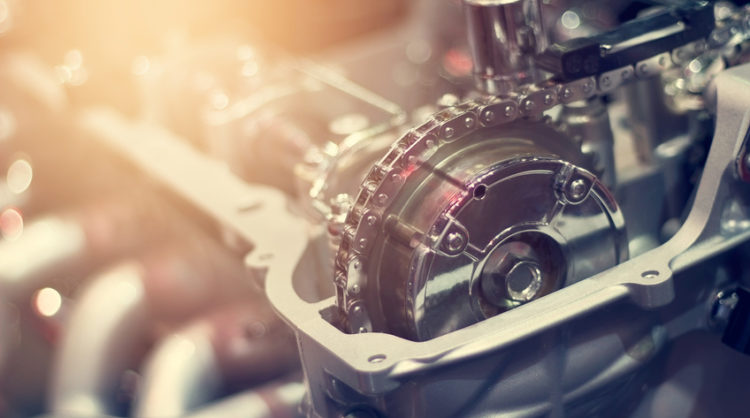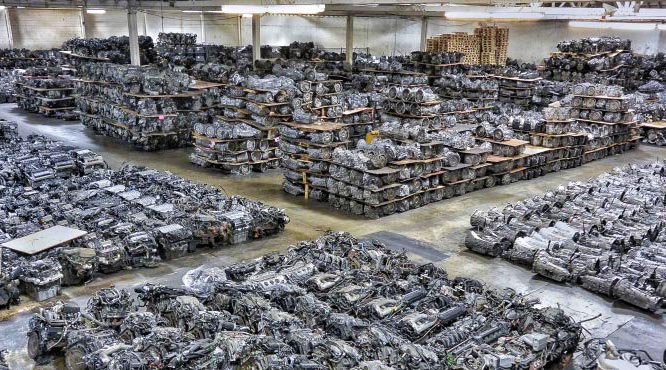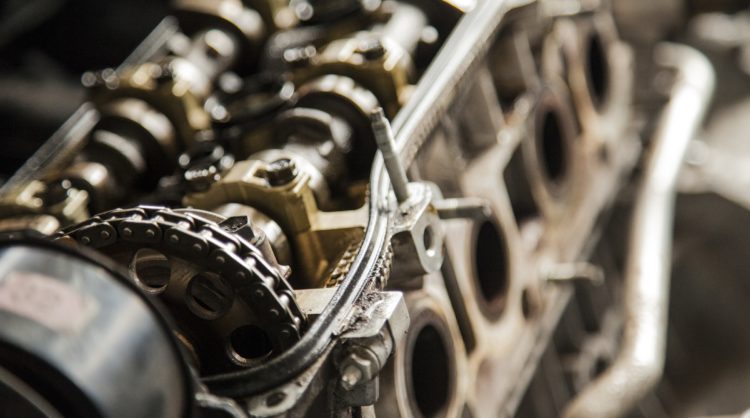U.S. Fuel Efficiency Standards And How They Came To Affect

The United States has always been the epitome of regulating top-notch standards to regulate fuel efficiency. It makes sure that all the standards are constructed taking into account some of the most contemporary scientific measures and recent data.
However, one thing that seems to have bothered quite a bit of people is that the recently updated and calculated values for fuel efficiency have resulted in the fall of mpg values by 1-2 mpg. However, you cannot hold the modern fuel efficiency changes to the changes in mpg every single time: there are other factors as well that result in the ups and downs in mpg numbers.
If you are enticed about how these numbers get regulated or how the entire system came into being, following is a brief history that will help you better comprehend the US fuel efficiency standards.
The Beginning
It all started back when the first CAFE (Corporate Average Fuel Economy) was launched by the Congress. The standards began back in the year 1975, however, the first model year that followed the set fuel economy standards was the 1978 model year. The regulation went on to work untouched, but that was until the year 2007.
Changes
Back when the standards came into regulation, the fuel economy of the new cars being released was expected to hit a high of 27.5 mpg. This was expected to happen within the ten years since the regulations took place. In other words, by 1985, the mpg values of automobiles were to reach 27.5 mpg.
On the contrary, the standards for the SUVs and trucks were regulated back in 1978. The fuel economy of light trucks was, however, brought up to a 22.2 mpg from the 2007 model year. Officials revealed that this mpg for the said segment is expected to further increase in the future.
Moving Forward
It was three years later—in 2009—that the automobile industry began to take shape of a more contemporary, far more regulated industry. The state regulators, the elites of the automobile industry, and the federal government joined hands. This was a revolutionary period for the vehicle business. The three groups of authorities mentioned formed the National Program.
The National Program
The establishment of this program was the first event in the entire thirty-year period that lead to meaningful improvements regarding the fuel efficiency. As a matter of fact, this was also the first time ever in the history that light-duty vehicles were made to follow the global warming pollution standards as well. There was also a Clean Air Act that was formed soon afterwards to ensure the safety of the environment. Three legal authorities made up the National Program: The EPA, CARB, and NHTSA.
Are you looking for an engine that conforms to the US fuel efficiency standards? Get one from EngineWorld! We have a stock of over 80,000 used engines that you can choose from. In order to get your hands on one, simply dial (800) 903 4430, and get in touch with us.
Related posts

Common Mistakes Drivers Make When Buying A New Engine
Your car’s engine is one of the most important parts of your vehicle. Unfortunately, many drivers have common misconceptions about what to look for in a new or used engine. This often leads to mistakes that can be costly later on. But how can you be sure you’re not making a mistake when you’re investing […]

Top 3 Ranked Japanese Engines
In 2016, the top three goods that were imported were: vehicles, machinery, electrical machinery. The reasons why America bought $50 billion worth of automobiles from Japan in 2016 is because of the vehicles’ reliability and high-quality engines. If you are looking to buy the best Japanese engines, low mileage Japanese engines, used Japanese transmissions, or […]

Advances in Engine Technology
Cars aren’t going anywhere in the foreseeable future. Toyota alone is estimated to produce over 11 million cars in 2023. Having a high quality engine is one of the most important parts to overall car health and performance. Whether you are looking for a used Japanese engine, or new imported engines from Japan, it is […]